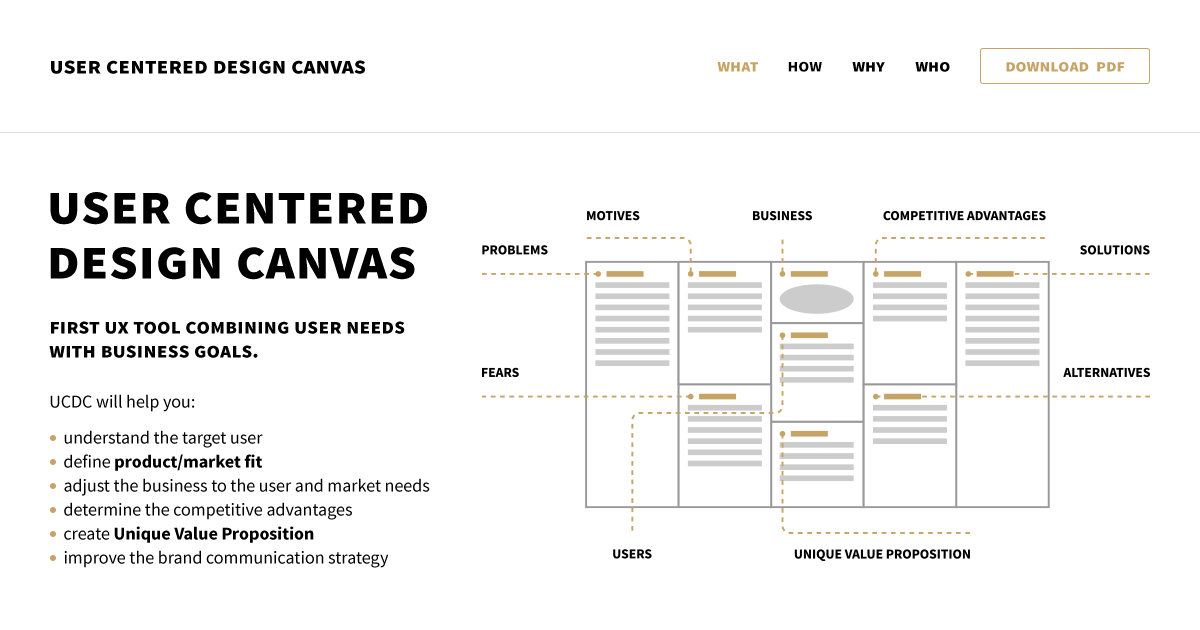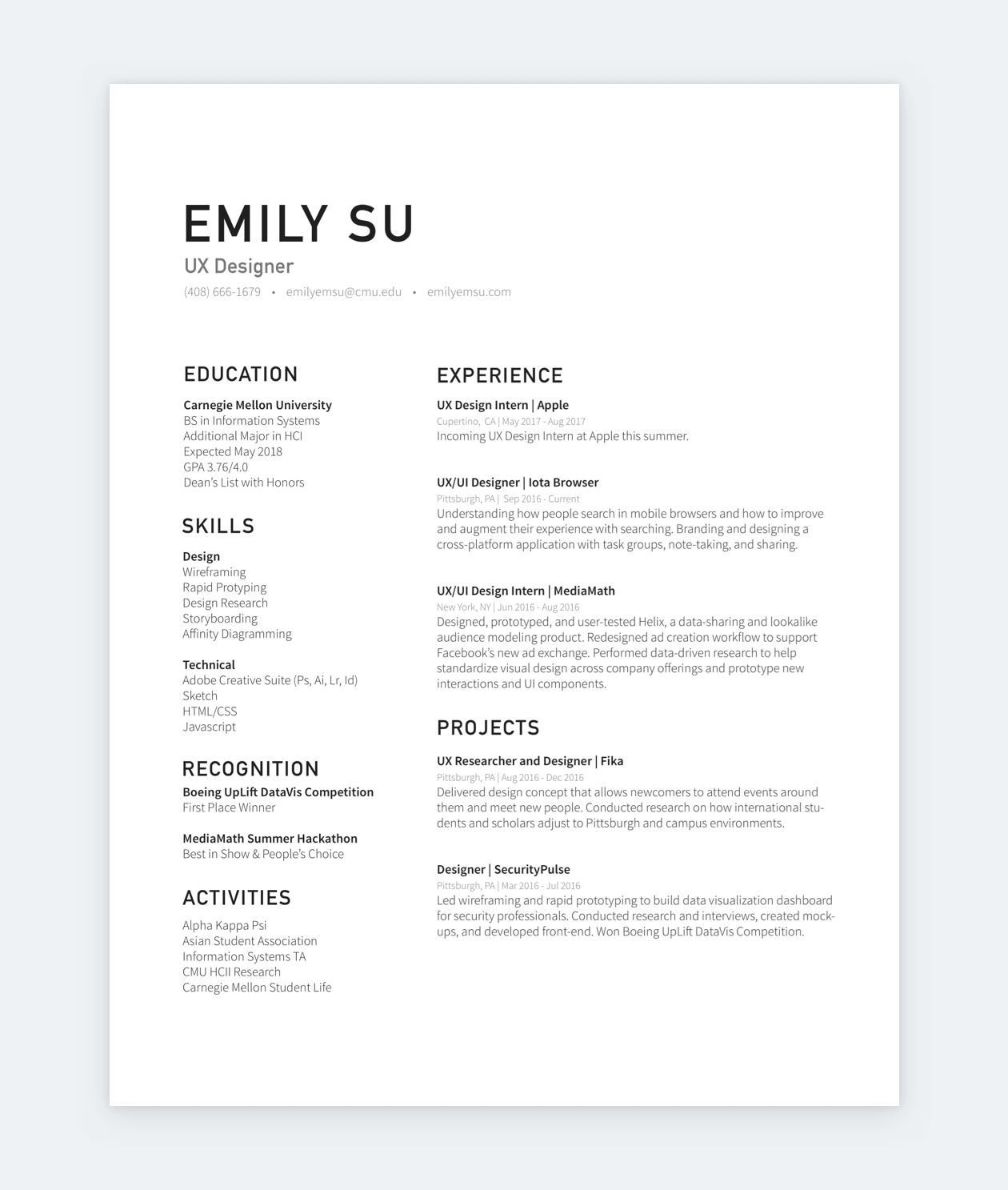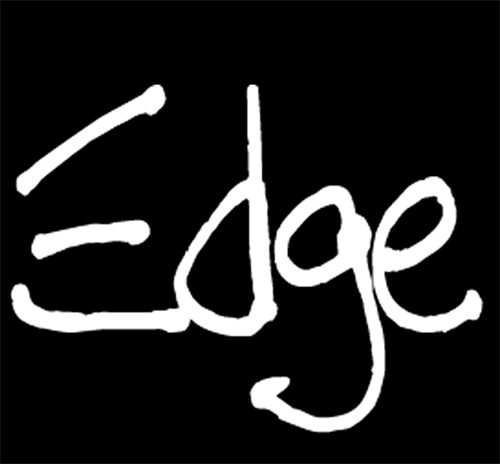Table Of Content
- Leveraging Data Analytics and User Feedback in UX Design
- Is financial assistance available for the Google UX Design Certificate?
- Create High-Fidelity Designs and Prototypes in Figma
- User Feedback: The Heart of Iterative Design
- Learn human user experience from professionals in UX studies
- What Can You Do with a User Experience Degree?
- Creative Tech Careers: An Expert’s Advice

Bachelor’s degree programs in relevant fields like Interaction Design, Graphic Design, or Human-Computer Interaction usually take around four years to complete. These programs are typically more expensive and/or selective, and they don’t usually focus solely on UX design (or even related fields such as UI design). They broaden their instruction to include courses to help students develop as leaders in UX strategy, innovation, and shaping the intersection of culture and design. This is an excellent program for people who have some experience in the field (the program application requires a portfolio), want to shape the future of design, and are able to commit to two years of full-time study.
7 Free Coursera Courses for Graphic Designers to Develop, Improve, or Adapt Design Skills - MUO - MakeUseOf
7 Free Coursera Courses for Graphic Designers to Develop, Improve, or Adapt Design Skills.
Posted: Sun, 03 Sep 2023 07:00:00 GMT [source]
Leveraging Data Analytics and User Feedback in UX Design
Meta has been a design educator since 1995 and most recently was the Founding Director of DSEL (The Design Sandbox for Engaged Learning) and Professor in Graphic Design at Montana State University. She is passionate about typography, guerrilla thinking, design entrepreneurship, environmental stewardship and human rights. While UX bootcamps are substantially more affordable than obtaining a UX design degree, they still often cost between $6,000 and $12,000 to enroll. While payment plans are available, this money may still be outside a student’s budget. Most bootcamps are remote, which can be an advantage or hindrance to a student, depending on their learning style.
Is financial assistance available for the Google UX Design Certificate?

Once you’ve completed all the learning modules and submitted all the projects, you’ll schedule a time for your exam. It’s an excellent program for anyone, beginner or experienced, who wants a deep and formalized dive into the world of interaction design (UX design is included in this). While there’s no course schedule available on their website, this would average around 9 hours per week—which likely doesn’t include the time you’ll spend studying and completing course projects outside of class. If you’re passionate about a more strategic and social/humanitarian approach to design, and you’re able to carve out a year of full-time study, this could be the perfect program for you. This program is ideal for people looking to learn design from the perspective of social change and entrepreneurship—and who are open to completing an in-person (based in Austin, Texas), non-accredited program. Unlike many online, asynchronous programs, this one offers plenty of guidance, interaction and support, and a job guarantee.
Create High-Fidelity Designs and Prototypes in Figma
Additionally, tracking user flows and conversion funnels helps UX designers optimize user experiences to improve conversion rates. Through the strategic use of data analytics, UX designers can gain a deeper understanding of their users and make design choices that create more effective, engaging, and successful digital experiences. A UX (User Experience) designer focuses on creating intuitive and seamless experiences for users interacting with digital products or services. They conduct research, design user interfaces, and ensure products meet user needs and expectations. UX designers must master many technical concepts and a suite of digital tools that support UX activities to craft exceptional user experiences.
As with most traditional academic programs, the person teaching and providing feedback on assignments will vary from course to course. Other classes are hybrid, meaning that they’re still 100% online, but with live classes to attend via Zoom. All classes use the Blackboard learning system and most use a combination of theory and practice (hands-on work). This program is usually offered online and in-person, with some classes being asynchronous (requiring no scheduled meetings), and made up of pre-recorded lectures and guided assignments. Contact hours (hours spent actually in class) range from 12 to 20 hours over 3-5 weeks per course, not including any time you’ll need to spend completing assignments outside of class.
Learn human user experience from professionals in UX studies
This program teaches the basics of design thinking, UX design, and the key processes and deliverables you’d use on the job. This program is fairly unique in the market for its clear and dedicated focus on connecting interaction design and social entrepreneurship. The program normally runs in person and is based in Austin, TX—it’s unclear whether the program has been adapted for remote study. While it’s possible to learn UX design on your own, you may find several benefits to a more structured learning environment, like a degree or certificate program.
Opt for a course that pairs you up with at least one industry expert, be it a mentor, a tutor, or (ideal scenario!) both. We’ve covered the importance of mentorship in more detail in this article. Choose a course that will not only get you working on at least one portfolio project but will also help you to refine and polish your portfolio ready for the job market. With this overview in mind, you can start to learn about the specific methods and processes that go into each phase. But UX is a broad field, so you’ll need to understand why you are interested and what you may want to specialize in.
Check out Designer Hangout, Junior UX Community, Dear Designers, and Team Sketch—together with this list of 28 Slack communities you should join as a UX designer. This strategy requires you to think outside the box a little, but once you slip into your designer mindset, you’ll start to see opportunity everywhere. Have you used an app or a website recently that was lacking a little on the UX front?
Creative Tech Careers: An Expert’s Advice
User experience (UX) focuses on the design, development and evaluation of products and services that are useful, usable and desirable. In this rapidly growing field, UX professionals need skills in research, analysis, design and communication to effectively lead teams and collaborate with clients and technical personnel. It’s never been more important to create thoughtful, enjoyable, and inclusive user experiences—and, as a UX designer, you can have a hand in shaping the products and services of the future.
Look for a course or program where you’ll learn the fundamentals, get hands-on experience with the latest UX design tools, complete projects for your portfolio, and network with others in the industry. UX designers leverage a wide range of technical and workplace skills to bring a successful product or service to market (or improve upon an existing product). Many of these skills transfer from other fields, so even if you’re new to UX design, you’ve likely developed a few already. Focus on these essential skills, and you can begin to build a strong foundation for a career.
Masters in UX design often have very different official course titles, despite covering the same material. For the purpose of assessing a wide range of masters programs in this article, we have included those with titles other than UX design. When you enroll in the course, you get access to all of the courses in the Certificate, and you earn a certificate when you complete the work. Your electronic Certificate will be added to your Accomplishments page - from there, you can print your Certificate or add it to your LinkedIn profile. If you only want to read and view the course content, you can audit the course for free. Charlie Conn has been adjunct faculty at Lesley Art + Design since 2011 and Principal of Iconn Brand Architecture since 2012 with a particular focus on building and refreshing brands for non-profit organizations.

No comments:
Post a Comment